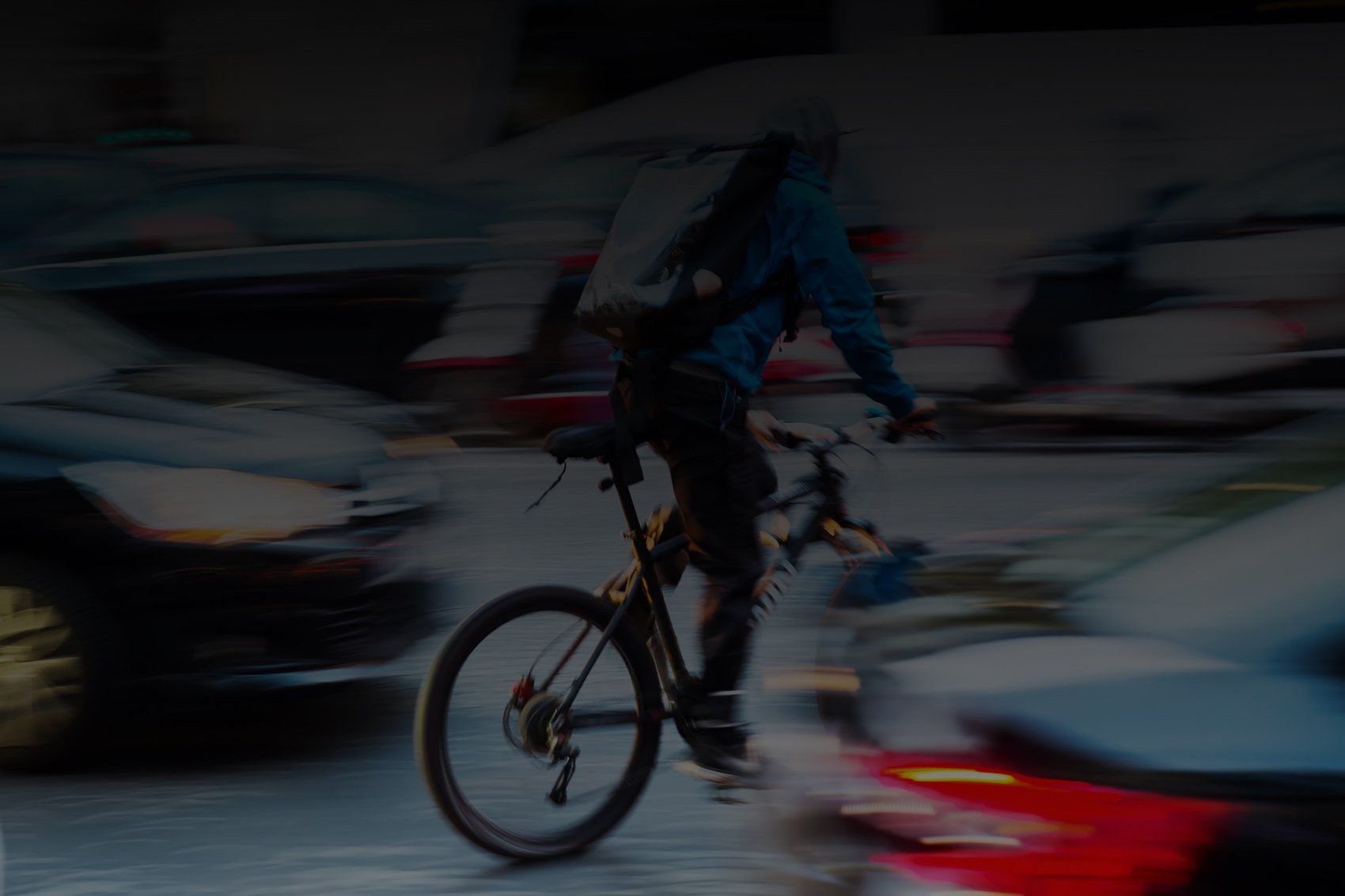
Bicycle Accident Law in Gainesville, Florida
Whether you’re a casual cyclist, mountain biker, or use your bike to commute, Gainesville, Florida is a great place to travel on two wheels. It’s home to multiple trails perfect for mountain biking enthusiasts and the city’s North Central Florida climate is cooler than the rest of the state, making it a more comfortable place to ride year-round.
Gainesville, Florida is a bike friendly community
Bicycle Accident Law is getting involved in Gainesville’s bike community in a big way. We’re sponsoring the UF Cycling Club because we remember what it was like to be a young athlete competing in the Sunshine State. And Gainesville is a strong cycling community, even outside the university and college scene.
Gainesville was recognized by the League of American Cyclists as a Silver-tier Bicycle Friendly Community and the Florida Department of Environmental Protection as a designated “trail town.” The area is known as a college town thanks to the University of Florida and Santa Fe College and plenty of students commute to class via bicycle.
However, the city’s record on bike safety is mixed. According to bicycle advocacy group People Powered Movement, Alachua County—where Gainesville is located—has one of the highest rates of bicycle injuries and fatalities in Florida.
There are roughly 570 crashes and three fatalities per 10,000 bicycle commuters in Gainesville, Florida according to data from the League of American Cyclists. Matt Scarborough of Bicycle Accident Law knows every watt counts for a serious cyclist and is committed to making cycling safer for every rider. He’s been a cyclist and personal injury lawyer for over thirty years and knows sharing the road with motor vehicles and other hazards in Gainesville can come with real risks.
Gainesville’s vibrant cycling scene
Gainesville, Florida has put real effort into making the city a bikeable town. Twenty percent of the transportation budget goes to cycling efforts like bike lanes and safety programs.
The Gainesville-Hawthorne State Trail is a favorite for cyclists. The state overhauled this historic rail bed into a 16-mile greenway. Riders can start the trail at Boulware Springs Park in Gainesville. The paved trail is open from 8am until dusk every day and is a great way to get some nature into your day.
Mountain bikers can also enjoy several trails within a short drive from Gainesville. The San Felasco Hammock Preserve State Park has over 20 miles of trails which are suitable for beginners and advanced riders. Razorback Ridge is another short, semi-technical trail for mountain bikers located nearby.
Gainesville’s cycling club has been active since 1980 and now has over 700 members. Every year they host a two-day cycling festival to celebrate the sport and raise money for local charities.
Students make Gainesville a great place for cyclists
Students at the local University of Florida and Santa Fe College also frequently use bicycles to get to work or class. Bike paths and trails make it incredibly easy to ride between downtown Gainesville to the University of Florida, a school that’s made cycling a priority. All school buildings and many popular destinations have bike racks and the University even runs a Gator Gears program which allows students to rent bicycles annually or each semester.
There’s also an active cycling club which participates in rides, races, and charity events. Matt Scarborough of Bicycle Accident Law is a proud sponsor of the University of Florida Cycling Club.
Like in so many cities and campuses, bike theft is an ongoing issue and cyclists should all invest in a quality bike lock. Many people also choose to put tracking chips and tags on their bicycles to make them easy to find and identify after a theft.
But despite efforts to make Gainesville safe to ride, many riders have reported instances of being hit by motor vehicles.
Are you likely to get into a bicycle accident in Gainesville?
While Gainesville is extremely bike friendly compared to other Florida cities, it’s still not perfectly safe. Many bike lanes are on high-speed roads which means cyclists rarely get out of a crash without a serious injury. The fatality rate in Gainesville, lucky, remains relatively low.
In 2022, 105 reported bicycle accidents resulted in four fatalities. In 2019, there were no reported fatalities from bicycle crashes. According to advocacy group People Powered Movement, the number of crashes and fatalities in motor vehicle and bicycle crashes is unfortunately on the rise in Gainesville. A city report found that vehicle speed is a major contributor to traffic injuries and fatalities.
Cyclists should wear a helmet at all times and stay alert for distracted drivers around them. Florida only requires people under 16 to wear a helmet by law but everyone should for their own safety.
If you’re on a bicycle, make sure to obey all traffic signs and signals—especially stop signs. Florida recently changed their rules to make it so that if a cyclist is found to be at fault in an accident (for example, if they don’t stop at a stop sign but are then hit by a distracted driver), they aren’t entitled to compensation.
The best cycling accident is the one you don’t get into in the first place.
Bicycle laws in Gainesville, Florida every cyclist should know
Like the rest of Florida, drivers in Gainesville aren’t required to have insurance. The state has one of the highest rates of uninsured drivers in the United States. This means a cyclist who does get into a crash in Gainesville could be on the hook for thousands or millions of dollars in hospital bills, lost wages, and time spent recovering.
Matt Scarborough of Bicycle Accident Law recommends all Gainesville cyclists have uninsured motorist insurance—which can be purchased separately or tacked onto motor insurance plans—to cover them in event of an accident.
Like in the rest of Florida, Gainesville cyclists are allowed to ride on sidewalks. Yet some additional rules apply. Pedestrians on sidewalks always get the right of way and cyclists should use an audible signal when passing and use safe speeds.
Why hire a bicycle accident lawyer in Gainesville, Florida?
Even in a relatively bicycle friendly city like Gainesville, bicycle accidents do happen. Initial insurance payouts may not take all the variables of recovery into account. Thanks to Matthew Scarborough’s decades of experience as a cyclist and personal injury lawyer, he knows what it really takes to recover from an accident and get back on your bike. Working with him can ensure that every loss associated with an accident is taken into account.
Beyond hospital bills and lost wages, there’s also the cost of your bicycle and kit and lost training time to take into consideration.
Bicycle Accident Law can help get what you need to get back in the saddle as soon as possible. Contact us today for a free bicycle accident consultation.
Bike Accident in Gainesville, Florida?
Call Today. (813) 253-0097
If you or a loved one has been injured in a cycling accident, time is critical. Florida law limits the window to file a legal claim. Don't navigate the aftermath alone—our Gainesville legal team is ready to fight for you.
Latest Florida Biking News

We’re Here To Help
Contact Us
If you’re concerned with compensation from a biking or motorist accident or you require legal advice regarding cycling issues, contact us today. By law, there is a time limit on when you can file a legal claim. Call today for a free consultation.
We offer legal advice about Cycling, Scooters, eBikes, Motorcycles, Mopeds and Bicycle related accidents.
We’re here to help with your questions. Contact our law firm in Tampa, Florida or Bend, Oregon for nationwide bicycle accident cases.
Start your free consultation
Common Questions
-
Head Injuries. One of the most common injuries suffered by cyclists is a head injury, which can be anything from a cut on the cheek to a traumatic brain injury. Wearing a helmet may reduce the risk of head injury by 85 percent. Learn more>
-
Biking has many benefits: physical exercise, mental clarity, environmental sustainability, and communion with nature. However, the potential for an accident is there, especially during low-visibility periods, such as bad weather, dawn and dusk. Learn more>
-
A hard hit to the head or the body (without head contact) as in a collision or fall while cycling can make the brain move inside the skull in a way that tears nerve fibers. While helmets help prevent severe brain injuries, until recently many of them could do little to prevent concussions. Learn more>







